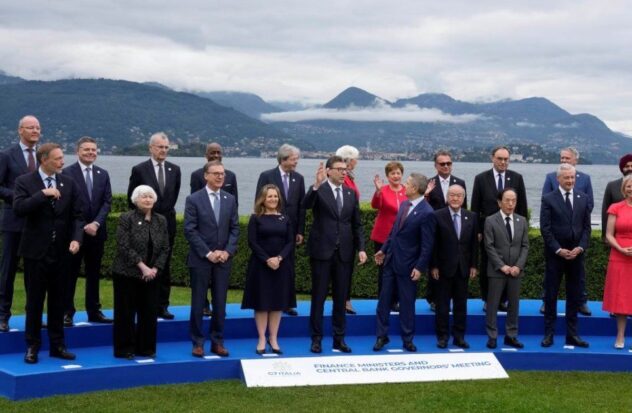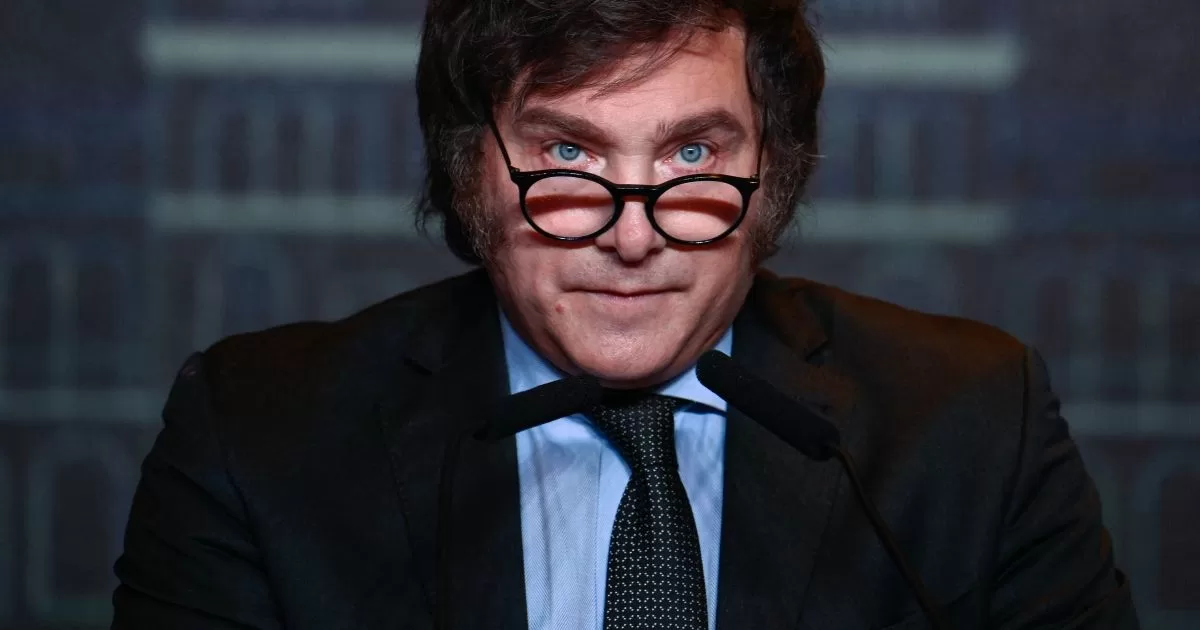FRANKFURT — The finance ministers of the richest democracies that make up the Group of Seven They said they had moved toward an agreement on the U.S. proposal for more money for Ukraine using the assets Russians frozen in their countries. But the final deal has yet to be worked out, before the leaders’ summit to be held in June.
“We are advancing our discussions on possible ways to use windfall profits from frozen Russian sovereign assets to benefit Ukraine,” the draft statement read, without elaborating.
Despite the progress made at the meeting held in Stresa, on the shore of Lake Maggiore in northern Italy, the final decision on how the assets will be used will depend on the national leaders of the G7, including US President Joe Biden, the next month at its annual summit in Fasano, southern Italy.
The host country’s Finance Minister, Giancarlo Giorgetti, said that “progress has been made so far” but there are still “legal and technical issues that need to be resolved.”
“It is not an easy task, but we are working on it,” he said in a press conference after finishing the meeting.
His Ukrainian counterpart Serhiy Marchenko joined finance ministers and central bank chiefs at their closing session on Saturday.
Legal concerns
The US Congress has passed laws allowing the Biden administration to seize the nearly $5 billion in Russian assets located in the United States, but European countries have a lot to say about it, since most of the $260 billion in Russian central bank assets frozen after the invasion of Ukraine, which began on February 24, 2022, are in their jurisdictions.
European officials, citing legal concerns, have prevented direct confiscation of the money to be given to Ukraine as compensation for the destruction caused by Russia.
Instead, they plan to use the accumulated interest on the assets, but this only adds up to about $3 billion a year—equivalent to about a month of the Ukrainian government’s financial needs.
US Treasury Secretary Janet Yellen pushes for debt acquisition against future interest derived from frozen assets. This will mean that Ukraine could receive up to $50 billion immediately.
Putin’s response
But the proposal has been met with concerns from European members about legal complexities and retaliation Russia could take against the small number of Western companies and individuals that still have interests in Russia or against the Euroclear securities depository in Belgium, which houses most funds.
Russia has issued a decree from President Vladimir Putin allowing the confiscation of assets of American companies and individuals as compensation for any Russian assets seized in the United States.
Chinese green energy
The ministers also discussed what to do about China’s huge production of state-backed green energy technology, which the United States views as a threat to the global economy. The US government has imposed tough new tariffs on electric vehicles, semiconductors, solar equipment and medical supplies imported from China. Included is a 100% tariff on electric vehicles made in China, aimed at protecting the US economy from cheap Chinese imports.
The American position has been that Chinese overcapacity is a problem not only for the United States but also for other G7 and developing countries. This is because China’s sale of low-priced products threatens the existence of competing companies around the world.
The G7 is an informal forum that holds an annual summit to discuss economic policy and security issues. The member countries are Canada, France, Germany, Italy, Japan, the United Kingdom and the United States. Representatives from the European Union also participate, but the EU does not act as one of the rotating presidents.
Source: With information from AP



